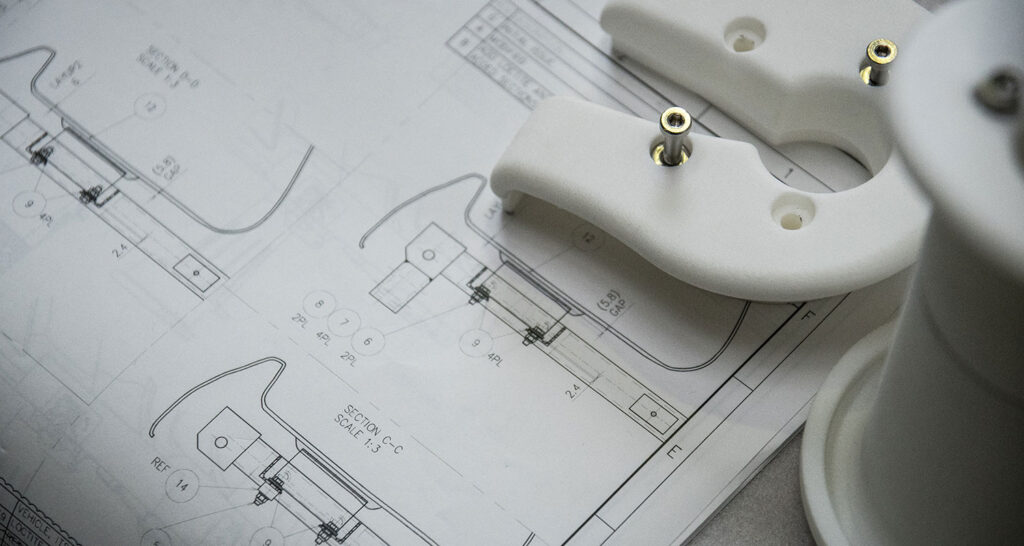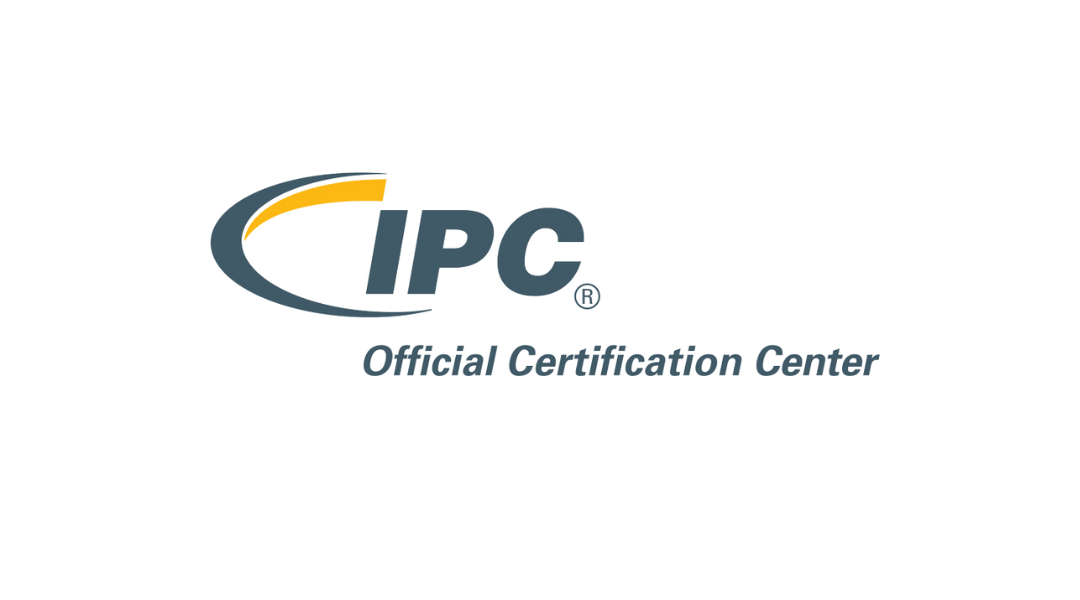The Rise in Smart Manufacturing: How to Get the Best from New Technologies by Mastering the Basics.
You could be forgiven for thinking that smart manufacturing is the answer to all you production problems in electronics manufacturing, and there is no doubt that it can add value, but is your business ready to make the most of it?
Here we look at what it is, the pros and cons, and how Marq-One can help.
—————-
What is Smart Manufacturing?
Smart Manufacturing (SM) put simply is utilising machinery connected to the internet to monitor the production process.
This involves placing sensors into manufacturing machines to collect data in real time of their performance. This data is then stored to the Cloud by The Internet of Things (IoT)*, and is then analysed to see how the process is working and what improvements that can be made.
By being able to analyse the performance of multiple machines across an entire production environment, the idea is that it is possible to pinpoint any potential failures within the machines themselves and increase the level of efficiency in which they are working.
Smart Manufacturing can improve performance without the human intervention through advanced industrial robots. These robots can communicate with manufacturing systems directly, have the ability to problem solve and use Artificial Intelligence to make independent decisions, while being able to be reconfigured.
*The Internet of Things
The Internet of Things is the concept that you can connect any device with an on/off switch to the Internet and the other devices also connected to it, essentially forming an enormous, connected network of things and people.
Examples of things that use this type of technology in everyday life include fitness devices that can record your number of daily steps and measure your heart rate and blood pressure, drones used to make deliveries and autonomous self-driving cars. All the things connected can collect and share relevant data, allowing this data to be analysed for improvement.
What are the Pros and Cons of Smart Manufacturing?
Pros:
- Smart Manufacturing can enhance productivity and efficiency. It can enable a greater level of flexibility, which in turn streamlines the daily operations of the business and improves ROI.
- While costly initially, it can help to save money in the long term, particularly in the reduction of production downtime. For example, a sensor can be used to detect issues within machine and alert an operator, and the use of AI Technology can highlight problems even before they happen, allowing the operators to take preventative measures to avoid any downtime in the future.
- Planning accuracy is more efficient.
- There is a reduction in material usage and labour, and a reduction in energy use.
- Increased transparency within the production process means that changes can be implemented easily and more efficiently, meaning that more sales can be realised.
- Increased flexibility can lead to mass customisation.
Cons:
- Initially, Smart Manufacturing is extremely expensive to implement, although it offers savings in the long-term. This level of cost is perhaps only available to larger manufacturing companies.
- There are multiple health and safety concerns for the human workforce when using advanced robotics. Generally, robotics are separated, although recent technological advances have allowed robots to be able to work collaboratively with humans.
- Automation and digitisation can lead to previously existing positions no longer being necessary or needed within the company.
- The technology itself is extremely complicated. Defining the big picture of the use of Smart Manufacturing is a monumental task and it may be easy to overlook areas in which it is needed.
- However, sophisticated the sensors and data collection, it still requires someone to not only understand the data, but be able to use what the data is telling them and perform an action in response. Smart Manufacturing Technologies can be extremely expensive, so it is important that you have effective people with the knowledge and understanding of the data to use the information effectively.
Historically in electronics manufacturing, what has happened is data is usually collected at different points and then somebody takes it away that analyses it. They will come back then after looking at the data and offer insights or solutions which are helpful but can take time.
The level of insight offered by smart manufacturing now is incredibly detailed it can give you to exactly what’s going on within a manufacturing environment. The downside is that this is all very well but data is only helpful if you have someone who, can analyse it, actually understands the analysis and ultimately direct people to perform an action on the back of it.
This requires a level of competency – you can have the best data gathering in the world, you can have the deepest analysis in the world, you can have the sharpest of insights but unless you’re able to respond and act in the right way, they are they are useless.
Basic problem-solving skills are first and foremost the most important thing to focus on, knowing whether your team are competent, knowing if they understand where problems arise and why. Once you have this nailed you can absolutely invest in smart manufacturing if you wish, but don’t skip this step!
The Rise in Costs of Manufacturing; what can you do to address them?
As UK electronics manufacturers continue to deal with the after-effects of Brexit, the Covid pandemic and the war in Ukraine, the increasing number of costs has left the industry facing enormous financial challenges.
But where are these rises in costs coming from, are they what we think, and what can be done to protect that bottom line?
——————
The rise in inflation.
This is perhaps one of the biggest contributors in the cost of manufacturing. As explained here:
‘Inflation is measured by looking at the Consumer Price Index (CPI). This is calculated as a basket of goods and services and how much they cost over time. The CPI is used as an indication of how much prices are rising or falling in general terms. The Bank of England (BoE) defines inflation as “a sustained increase in the general level of prices”. In other words, it is when prices go up compared to last year or last month or last week. Inflation occurs when there is more demand for goods than supply and this drives up their price.’ https://www.silverstonetechnologycluster.com/inflation-effect-on-manufacturing/
To continue to make a profit, manufacturers must grow at the same rate of inflation, which is challenging and, in many instances, unsustainable.
Global supply chain shortages.
For example: a large amount of semiconductor manufacturing components are manufactured in China, and during Covid these manufacturing sites were immediately shut down. Since then, these have been reopened and closed repeatedly according to the varying restrictions that were placed on them during lockdowns, and some of the sites haven’t yet reopened fully because of local lockdowns within the country.
This has caused a massive ripple effect through the supply chain – businesses are struggling to return to pre-covid production levels because of the fewer number (and therefore, higher demand) of manufacturing components available.
The War in Ukraine and shortage of fuel.
The continuing war between Russia and Ukraine has had a massive impact on the costs in manufacturing, particularly in the fact that both countries were one of the main suppliers of fuel. The resulting fuel shortage has led to an increase in fuel prices and energy costs. For example, long distance shipping, either by vehicle, train or by air has been impacted by the increase in fuel prices.
Increase in energy prices.
The huge increase in energy prices has had an enormous impact on the cost of manufacturing. To put it simply, if it costs more for the energy needed to produce the product, the manufacturer is forced to increase their own prices to compensate, which may result in less sales from their consumers.
Shortage of materials.
Another reason for the rising costs in manufacturing is the shortage of materials and the rapid increase of costs associated with them. This means that manufacturers are left with no option other than to pay more for the materials they need, which then in turn forces them to increase their own product prices or risk losing money.
Brexit.
The shortage of materials has been caused by numerous factors following Brexit – supply chains have been disrupted by increased costs and delays when getting materials through customs, and in many cases have found that the only way to obtain the necessary materials is to import them from outside the EU, which is inevitably much more expensive. The value of the pound has also fallen significantly since Brexit, adding further to the expense when importing from other countries.
Cost of living increase and labour shortages.
The rapid rise in the cost of living has meant that employees are demanding an increase in wages. In turn, this has led to strike action within many areas, which has resulted in the decrease (or in some cases, a complete halt) of production and a disruption to supply chains. The war in Ukraine has also resulted in labour shortages as workers have fled the country.
Changes in consumer purchase patterns.
The way and amount in which consumers purchase products has changed since the pandemic, which has resulted in an increase in demand in some areas, and a drop in others. As manufacturers struggle to meet a higher demand, they have been forced to increase their own prices to continue to make a profit.
———
So far, so doom and gloom!
The good news is while there are elements which are inevitably out of your control, there are things that you can do to hep balance the scales and protect your profit margin from being eroded.
Some businesses have to scrap a lot of product, rework a lot of product, or repair a lot of product and this is something customers are not paying for – nor should they be expected to.
These are costs a business has to absorb and puts massive pressure on the quality of manufacturing. By quality leaders focusing on getting the product right first time you can reduce the amount of scrap, reducing the amount of rework and those non-value added costs.
When it comes to energy prices for example, there isn’t a great deal you can do about them, but you can make the most of the precious materials you do have and focus on not creating unnecessary waste. For some businesses scrap and rework can run into millions of pounds a year and this is where I can help.
By helping your team improve their competency, making them understand the impact of what they do they, equipping them with the skills and abilities to be able to create product right first time, you can recoup huge savings. Get in touch if you’d like to explore how.
[/et_pb_text][/et_pb_column][/et_pb_row][/et_pb_section]




